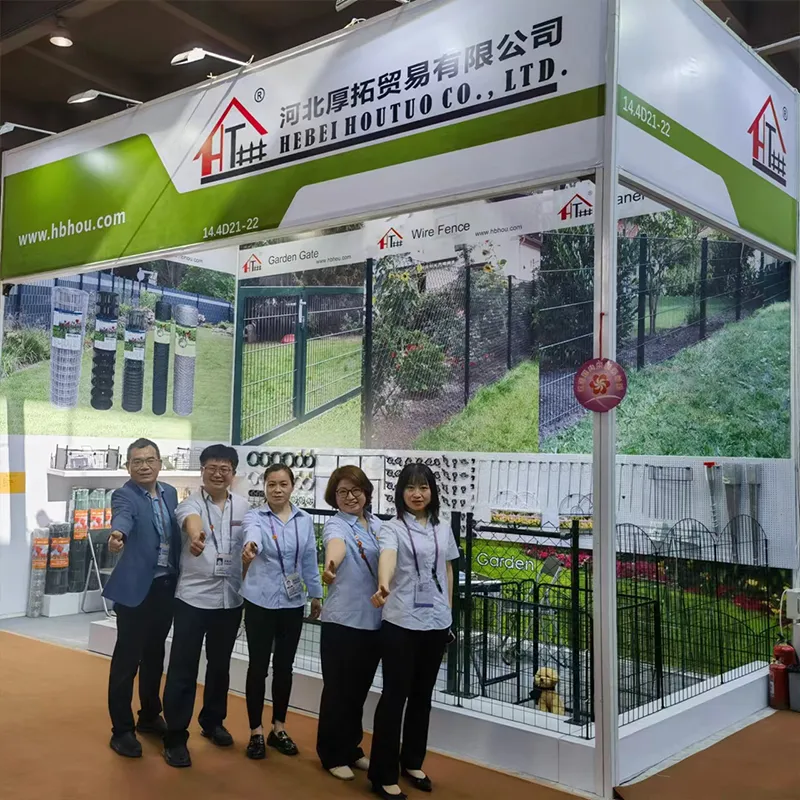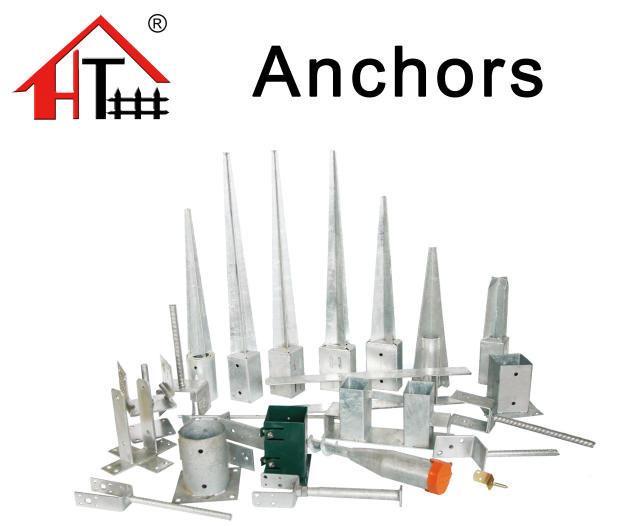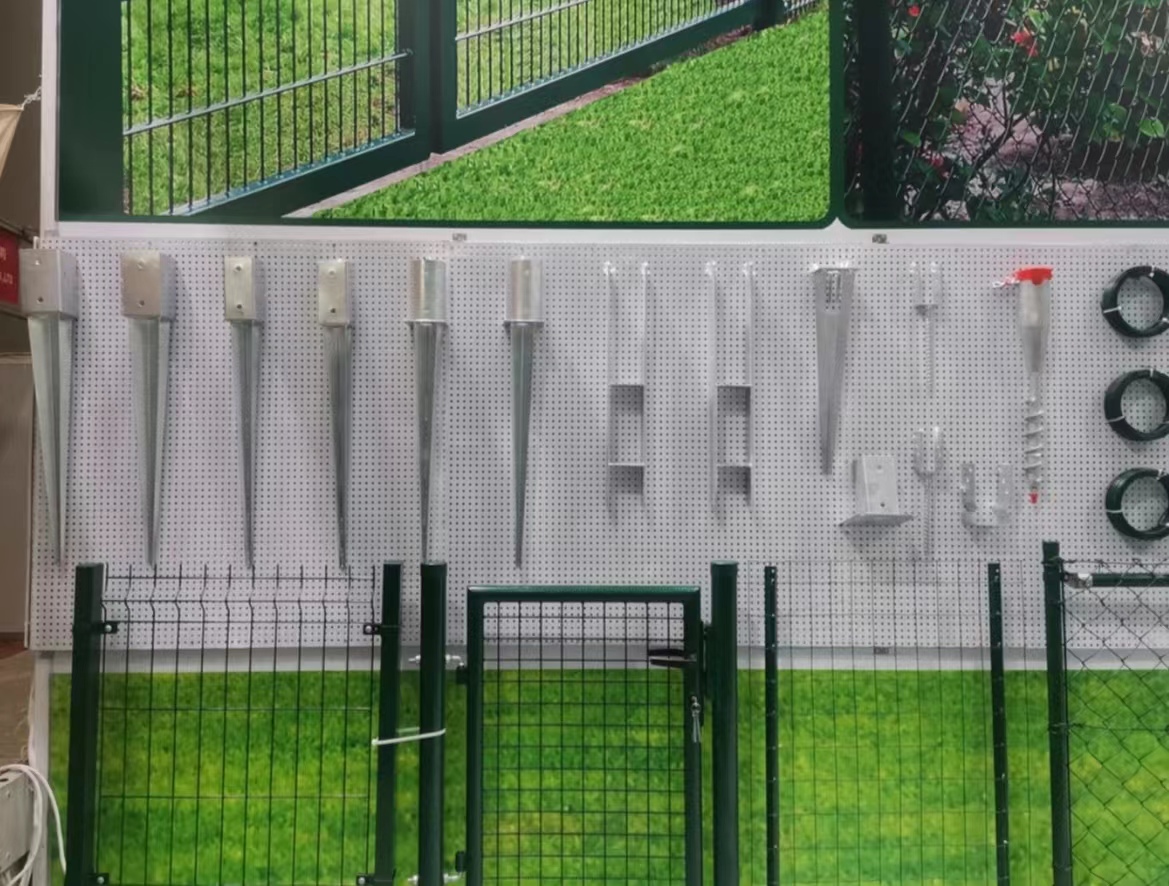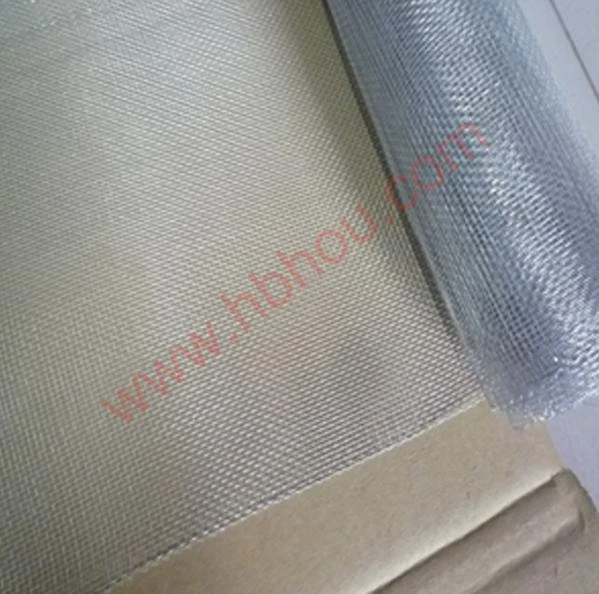Setting Up an Electric Fence for Goats
Setting up an electric fence for goats is a practical and effective way to keep these curious animals contained, protecting them from predators and preventing them from wandering into harmful areas. Goats are known for their climbing abilities and can easily escape conventional fencing if it is not appropriately secured. Implementing an electric fence can serve as both a deterrent and a safeguard.
Step 1 Planning Your Fence Layout
Before you begin installing the electric fence, it’s essential to plan the layout. Determine the area you want to enclose, taking into account any natural barriers, existing structures, and the terrain. Goats require ample space to roam, so ensure the enclosure is large enough for them to graze and exercise. A rectangular area is typically easier to manage, but any shape can work as long as it contains your goats securely.
Step 2 Gathering Materials
Once you have your layout, gather all necessary materials. You will need - Electric fence posts These can be made of wood, fiberglass, or metal, depending on your preference. - Insulators Used to keep the electric wire from touching the posts, preventing shorts. - Electric fence wire Choose a durable wire specifically designed for electric fencing, such as stainless steel or polywire. - Power source You can choose between a battery-operated, solar-powered, or mains-powered energizer, depending on your location and preferences. - Gate Ensure you have a proper gate for easy access to the enclosure without compromising the fence's integrity.
Step 3 Installing the Fence
setting up electric fence for goats

Begin by marking where the posts will be placed. Posts should be spaced about 10 to 15 feet apart. Dig holes or use an appropriate driver to install the posts firmly into the ground. Once the posts are in place, attach the insulators at the desired height. Goats typically won’t jump very high, so a two to three-strand fence will usually suffice, positioned at 6” to 18” off the ground.
Next, run the electric wire through the insulators on each post, making sure it is taut but not overly tight, to prevent breakage. Connect the wire to your chosen energizer, following the manufacturer's instructions carefully. Ensure all connections are secure to maintain a continuous current.
Step 4 Testing and Maintenance
After everything is installed, it’s crucial to test the electric fence to confirm it is working correctly. Use a fence tester to check for voltage levels at various points along the wire. This way, you can identify any shorts or disconnections early on.
Regular maintenance is also key. Inspect the fence frequently for any signs of wear, damage, or vegetation that may interfere with its performance. Keep the area around the fence clear of tall grass and weeds to ensure the electric current remains strong.
Conclusion
Setting up an electric fence for goats not only provides peace of mind but also enhances the safety and well-being of your animals. With proper planning, installation, and maintenance, you’ll create a secure environment where your goats can thrive, maximizing their grazing potential while minimizing escape risks. With a well-constructed electric fence, both you and your goats can enjoy a harmonious living arrangement.
















